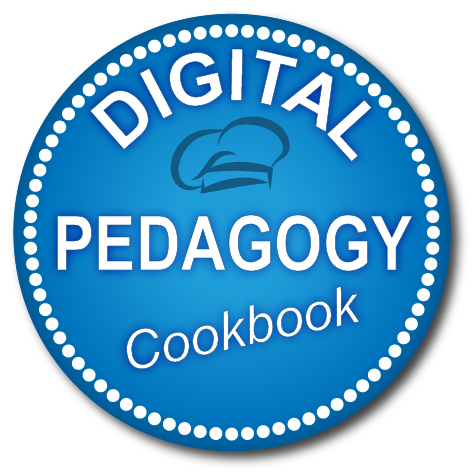DigCompEdu Competence area
Progression Level
Minimum digital skills level of Students
Minimum digital skills level of Educators
Learning/Teaching situation
Translating or analysing video dialogue for Language learning
Target group
Students attending or interested in your courses.
Ingredients
- PC/laptop
- Internet connection
- YouTube App
Description
When it comes to learning any subject matter, YouTube has a variety of offers in video content that can be used in and outside of the classroom as a tool for Integrated Learning. The videos available are translated or open for public translation and provide an option for adding Google generated subtitles.
How to do it (step by step)
Step 1
Selecting Teaching Material to Share – A2
The integrative use of contextualized videos can stimulate critical thinking as participants are involved in active and reactive viewing. The advantages of translation videos are endless, one of which being that they eliminate barriers of language when it comes to accessing learning material. Furthermore, Translation as a Language learning tool can help to reveal important details about a language which can help correct one’s mistakes and gaps in comprehension. (This activity is usually good for language learners in the pre- intermediate stage).
– Planning your lesson and designing activity: A teacher can either teach using translated content or to create an activity where students are tasked with providing translations individually or in a group.
Step 2
Developing ideas and methods for providing Guidance
Provide tools to support and guide students.
Create interesting activities -Learners work to translate or analyse translation of videos (picked by the teacher) and present them to the class, explaining what they learnt from the process in terms of vocabulary, idioms, grammar etc. Try to integrate translation with other skills/systems practice where possible (e.g. partners practicing dialogue used in the selected video).
Develop a guidance plan for the lesson – Create and provide clearly defined learning aims. Additionally, provide questions or guidelines for analysis which focus your students the important lesson from the video. Pre-handouts help learners with preparations and clarification they may need.
Considers possible restrictions and students needs
-This includes access to technologies or opportunities for feedback and questions. E.g. prepare grammar explanations related to each video.
-When it comes to working online, sharing or distribution of content Copyright Infringement laws need to be checked before.
–Consider individual limitations, learning abilities and level of language, especially in a group setting.
Step 3
Designing activities or practices to encourage Collaborative Learning
-Working in groups or as partners helps maintaining the element of a communication, discussion, comparisons and share workload.
Step 4
Demonstrating how the tool can be used for self-regulated learning
Providing tips for translating educational videos or material.
– Teacher can provide individual feedback and provide useful effective learning strategies for further learning e.g. encourage repeated practice of translating single short texts.
There is more…
Students can compare their own translations in the class, and also submit corrected translation of a video on to YouTube no matter the language.

